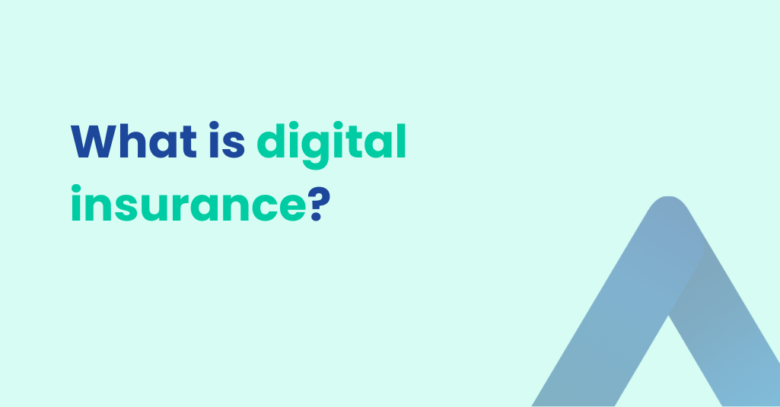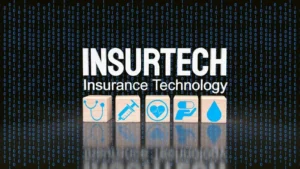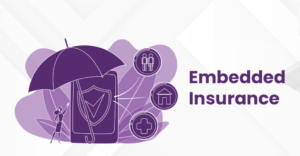Every industry is making use of the internet in this modern world, and insurance is no exception. Modern approaches, such as ones that offer policies and claim processing exclusively online, are referred to as digital-only insurance, which lacks any traditional face-to-face interaction or paperwork. This model is becoming popular due to the ease and quickness with which policies can be obtained, in addition to it being cost-effective.
We know that every model comes with both benefits and shortcomings, and that is also true in this case. Understanding the pros and cons of fully online insurance coverage can help consumers make effective choices when picking a policy. In this article, we will discuss what digital-only insurance is all about, along with its merits and demerits.
Digital-Only Insurance:
Digital online insurance can be accessed using mobile apps, websites, and AI chatbots. Customers can browse for policies, purchase coverage, and file claims without having to step into an office or interact with an agent. With this approach, an insurtech company can cut down on operating costs, which gives value to their user base. While tech-savvy individuals would benefit from the use of digital-only insurance, those who are contrary may face difficulty adapting.
Pros of Digital-Only Insurance:
Perhaps the most significant perk of digital-only insurance is how it is more convenient. They can obtain a policy within minutes with no tedious waiting periods or paperwork. The entire procedure is usually smooth and stress-free, as the applications and approvals are automated. Another advantage is cost savings. Digital insurers do not have physical branches, meaning they can pass on the savings to customers by having lower premiums. In addition, digital policies are easier to explain as users are provided with plain and simple wording in the terms and conditions.
Instant access to customer support is another benefit of digital insurance. Many companies have incorporated AI chatbots to answer customer questions, guiding them through the claims processes. Supercharged automation ensures faster claim approvals and payments, meaning policyholders receive their compensation within a reasonable timeframe. Another important advantage is transparency; most digital insurers offer real-time claims, coverage, and payment schedule updates.
Drawbacks of Digital-Only Insurance:
The absence of a physical meeting place for insurance companies does come with some advantages, but their digital counterparts have a few drawbacks as well. The most prominent one may be a complete lack of human interaction. Although advanced chatbots, AI, and other automated systems can resolve basic questions, a multitude of more complex problems will still require a far more intricate level of assistance that is difficult to find in a rigid model. Even less tech-savvy customers will face significant difficulties trying to make sense of online portals and policy details without a live agent’s help.
Also, these digital-only platforms introduce the risk of security breaches. Any online platform is prone to security concerns such as data leaks, identity theft, and unauthorized access to user accounts. It is easy to understand why people would hesitate to provide sensitive data online, regardless of whether systems claiming to protect it are in place. While sound policies are always advisable, legal frameworks do not seem to offer guarantees one can completely rely upon.
Moreover, certain policies, such as those related to health and life insurance, tend to be more traditional due to their reliance on extensive and detailed underwriting procedures that often align poorly with a digital frame. This could lead to an insufficient level of customization with regard to preexisting conditions, or worse, higher costs tied to those conditions for the customer. Claims processing is usually frictionless and quick, but while most of the process is automated, any flagged discrepancies require manual intervention, which can introduce a delay.
For customers who prefer interpersonal communication with their insurance agents, automated systems with digital-only insurance providers may seem cold. Unlike digital insurers, traditional insurers typically assign dedicated agents to policyholders who guide them through claims processes and assist with policy customizations needed for specific policyholders. These services, which are often absent in digital insurance, tend to be conducted through interactions with robotic systems.
Conclusion:
The introduction of digital-only models has transformed the industry by enhancing convenience and speed and reducing costs. Still, the model is not well-suited for all consumers. While the more advanced users may appreciate the effortless navigation of managing a policy online, those who lack basic IT skills or have more sophisticated insurance requirements tend to prefer traditional insurers. With the ongoing advancement of technology, the insurance sector will most likely experience further changes that will aim to find a middle ground between digital services and human assistance. Carefully weighing the advantages and disadvantages, consumers should select the most appropriate policy before opting for a digital-only insurer.
FAQs:
1. Is digital-only insurance safe?
Yes, the majority of digital-only insurers adopt strong protective measures like encryption and multi-factor authentication. However, users need to be more careful when providing sensitive data and ensure the provider has strong cybersecurity policies in place.
2. How do I submit a claim for a digital-only insurance policy?
Most often, claims can be submitted via a mobile application or on the website. Most of the insurance providers are adopting AI-powered claim processing as it is quicker. However, there are some claims with remarkable complexities that will still need to be examined manually.
3. Are digital-only insurance policies more affordable?
Most of the time, yes. Due to reduced operational expenditures, digital insurers will offer lower premiums; however, pricing is determined by multiple factors such as type of coverage, geographical location, and unique risk profiles.
4. What if I want to reach out to customer support?
Most digital insurers have integrated automated chat systems, email, or live chat for customer assistance. Other businesses offer telephone support, though assistance is likely to be minimal compared to that provided by conventional insurers.
5. Am I able to shift from traditional insurance coverage to digital-only?
Yes, it is possible to do so, though one needs to ensure that differing policies are analyzed thoroughly. The only consideration before shifting is whether the digital-only insurer will offer adequate coverage and support needed.




